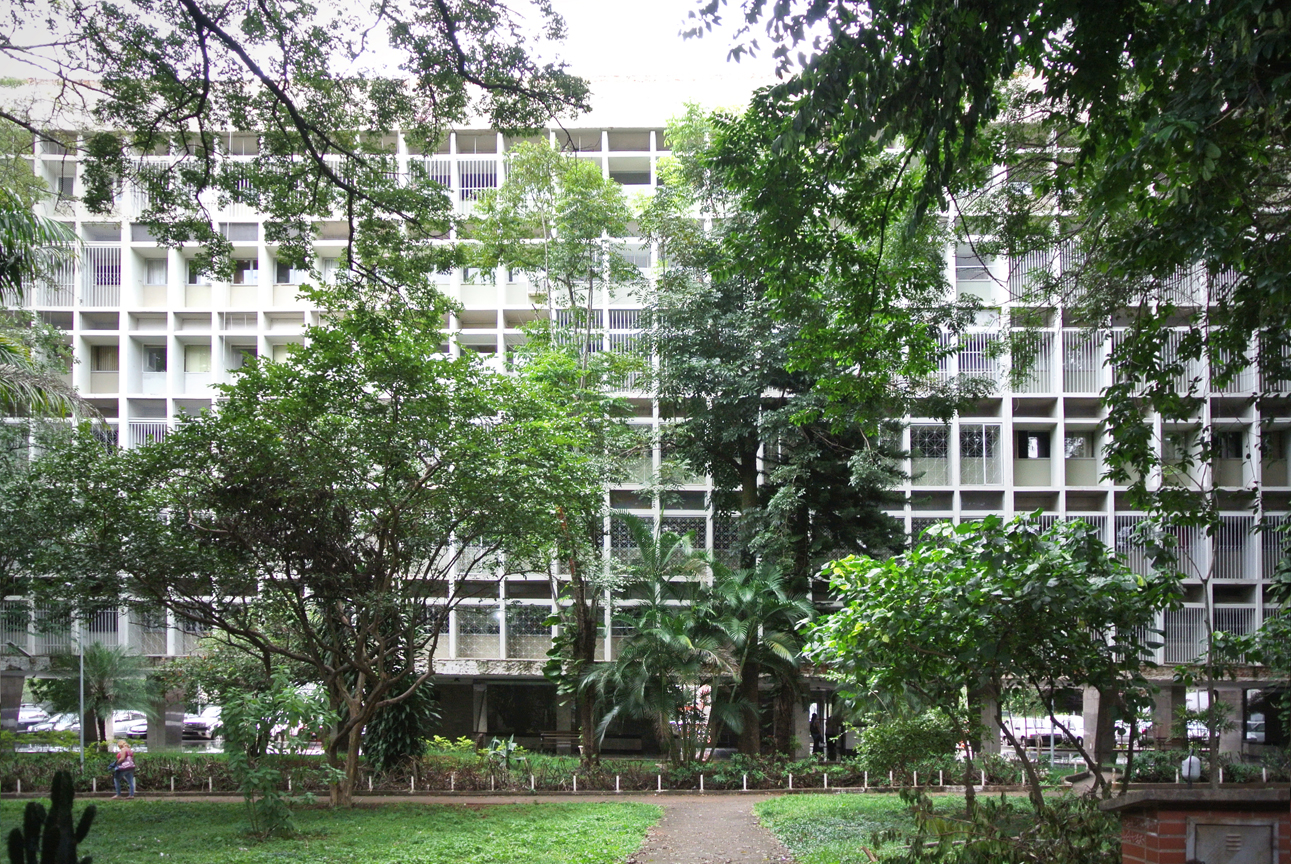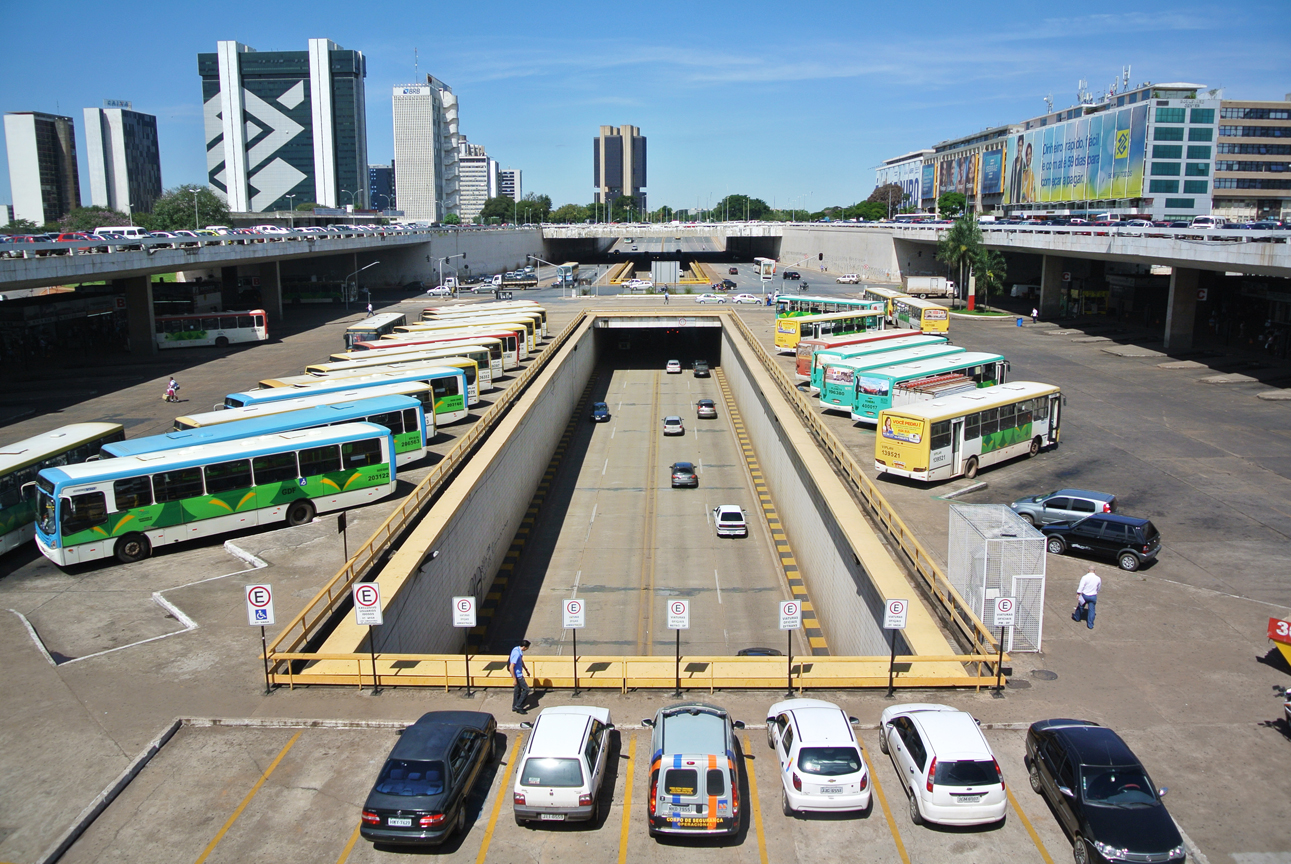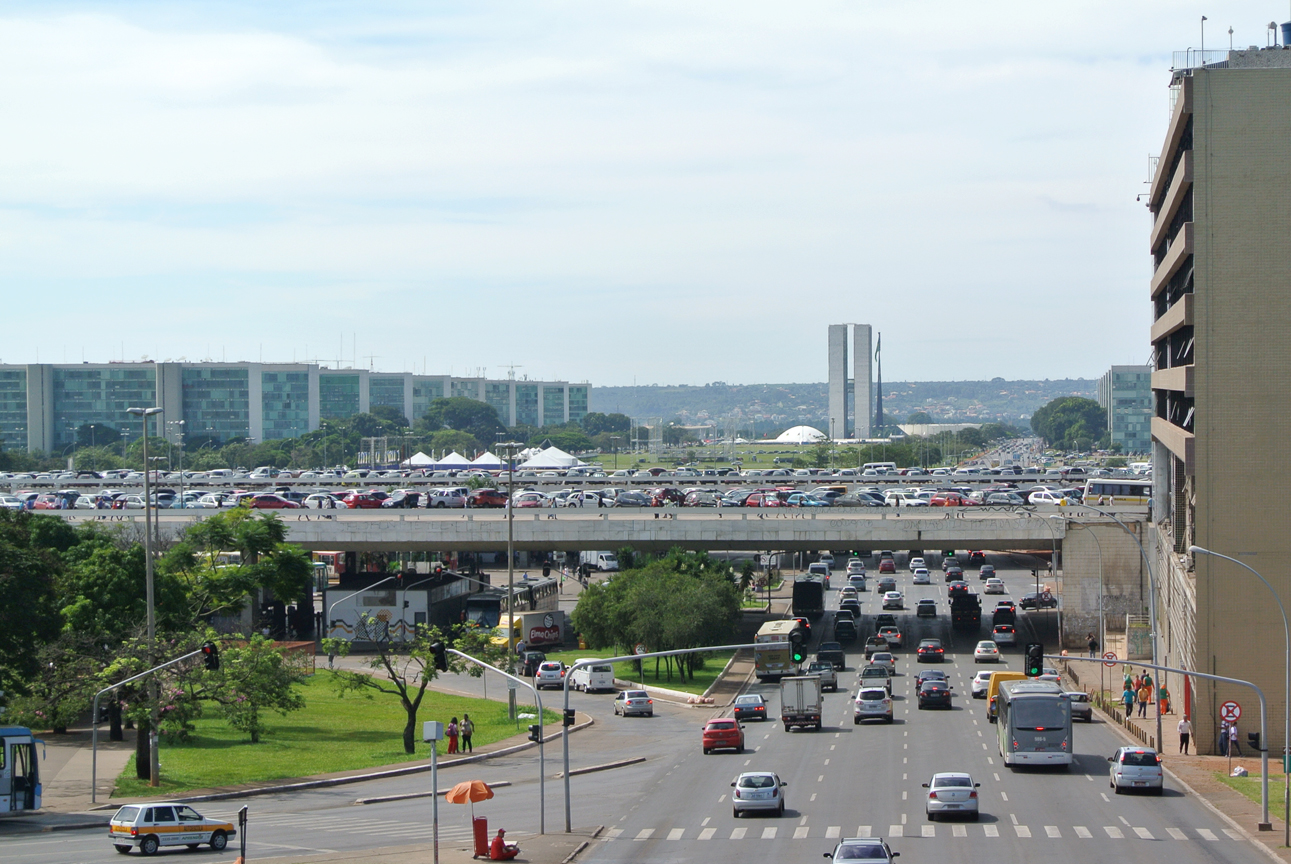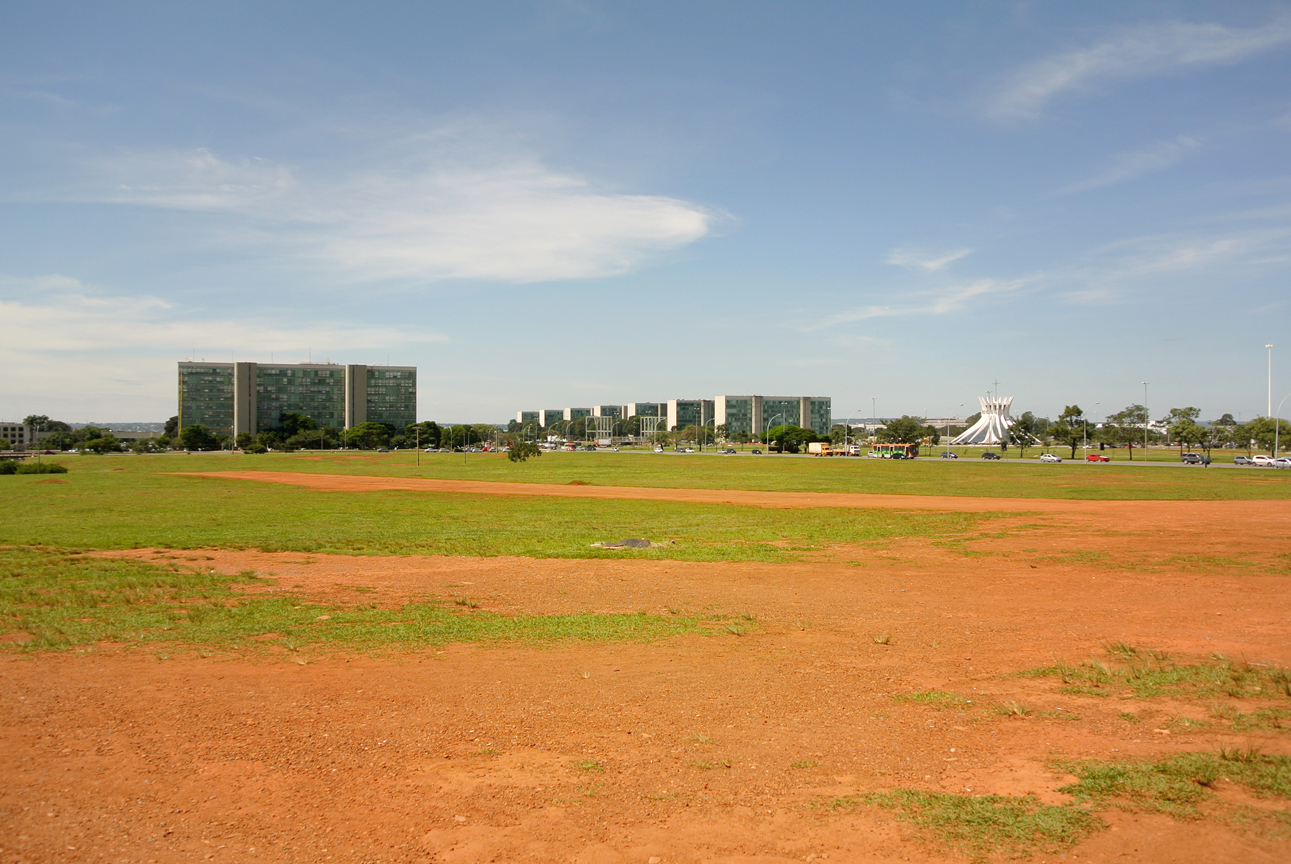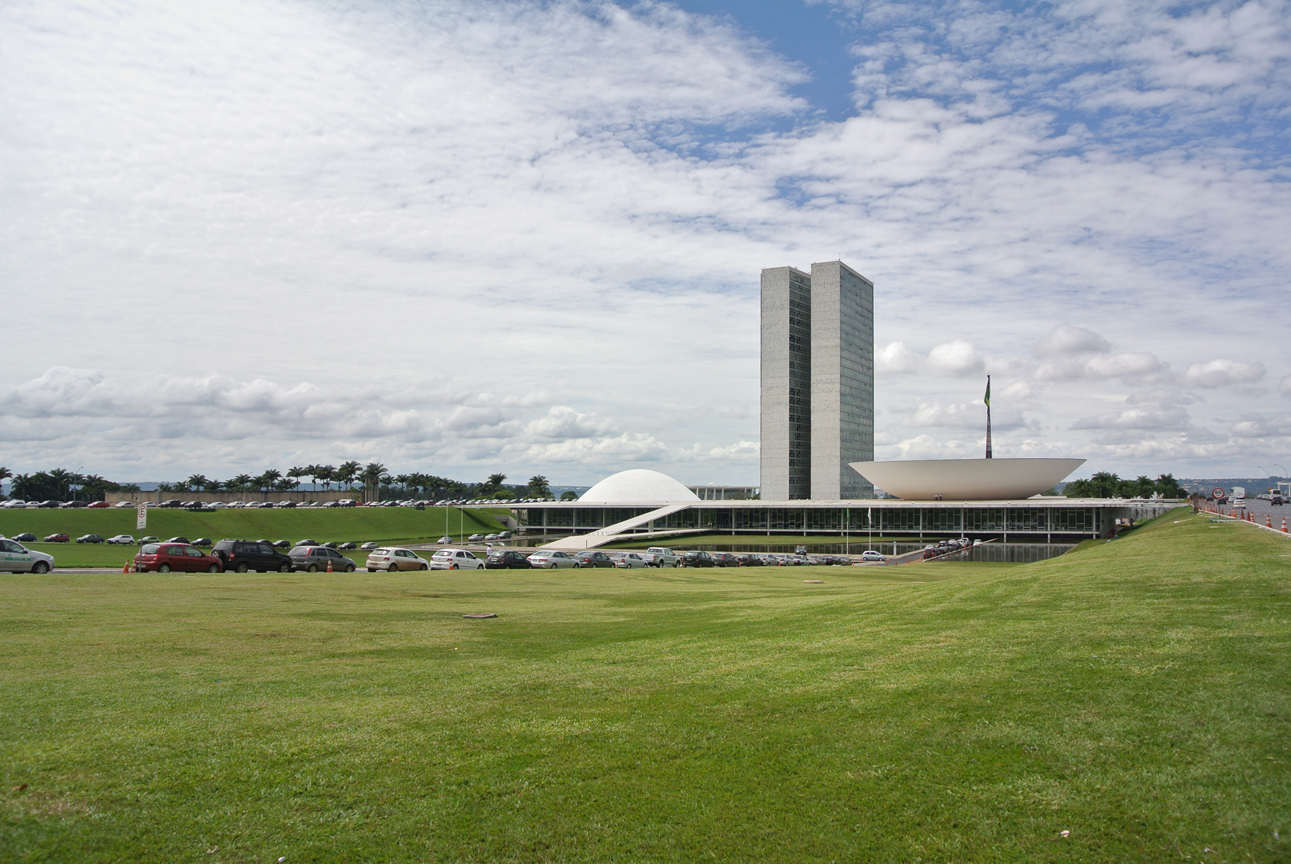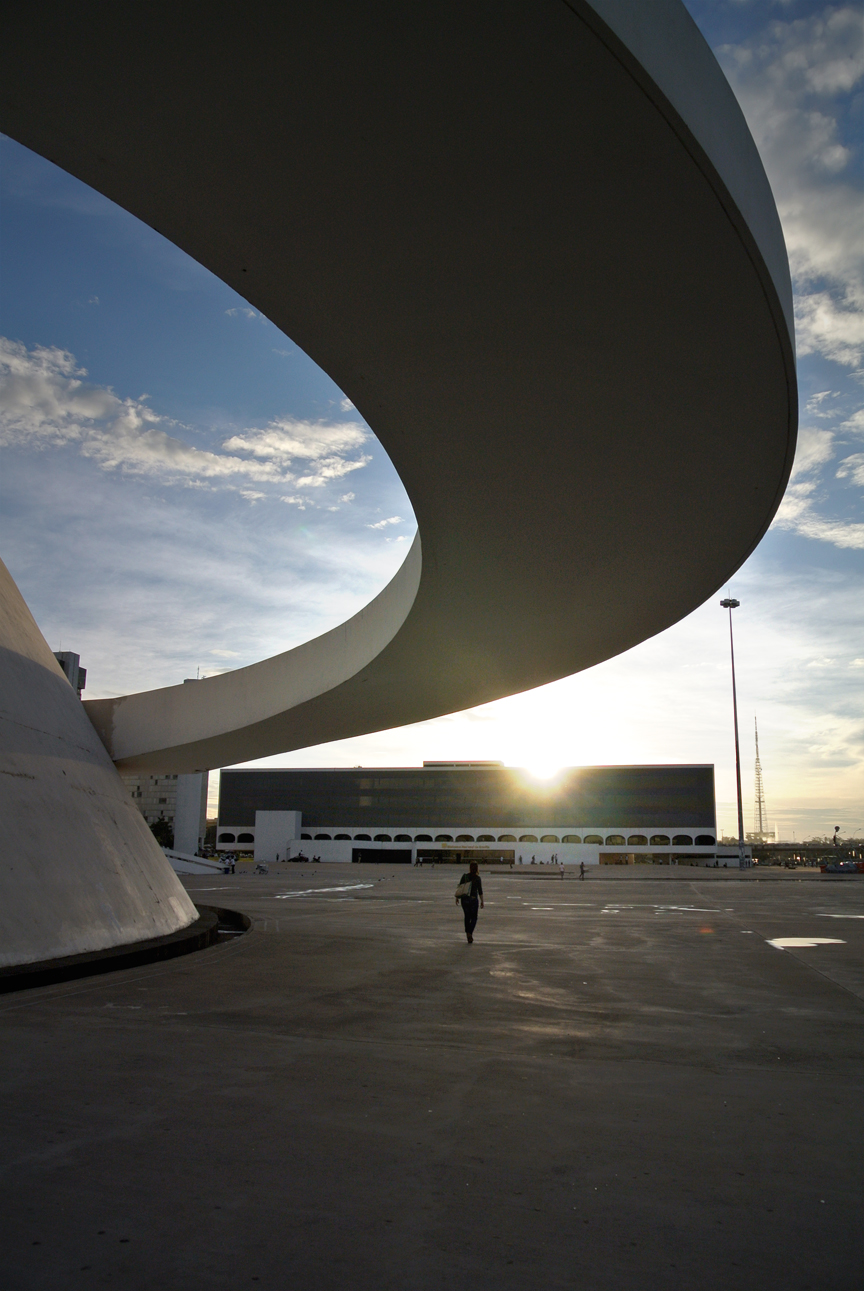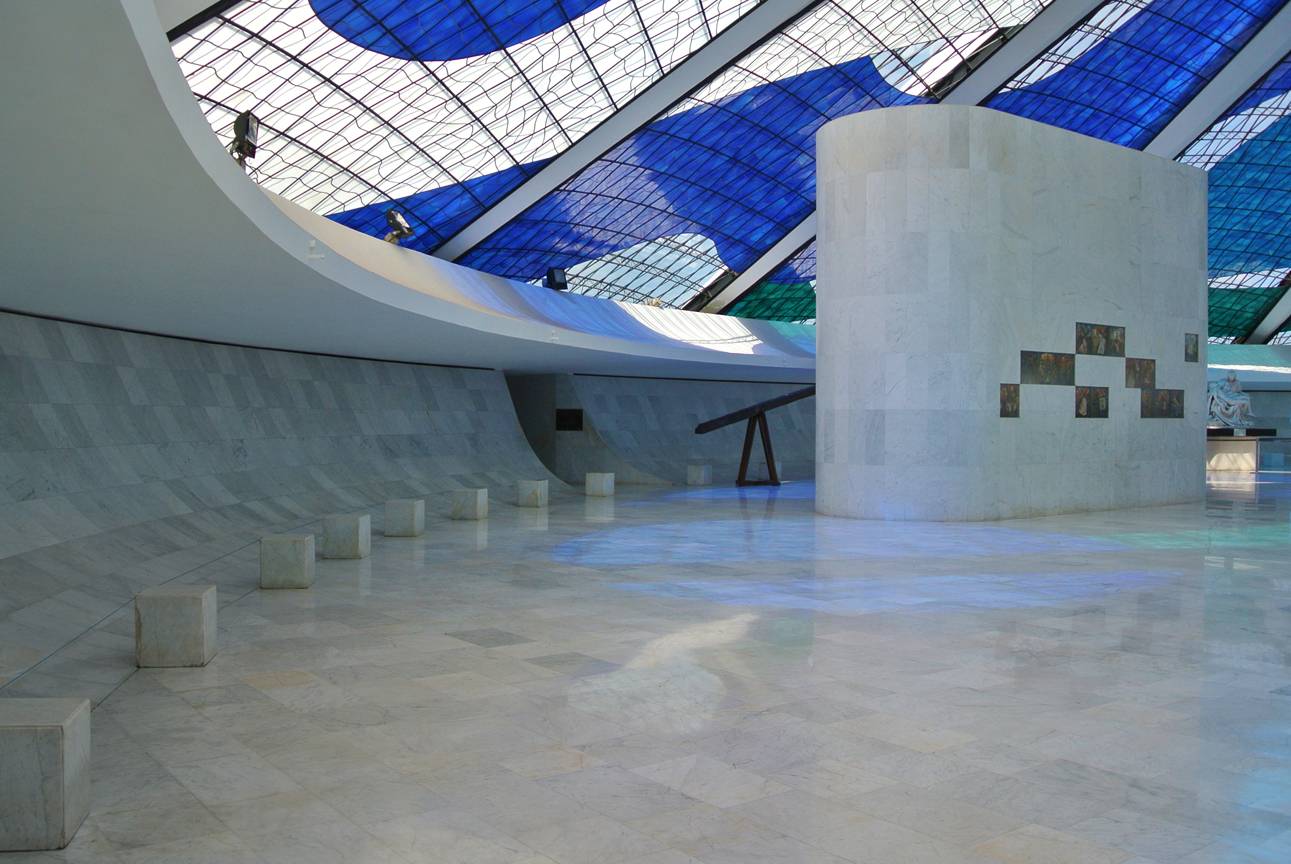day 86_Sao Paulo_modernist housing
Back in Sao Paulo for a few more days.
Having grown up in one of the repetitive socialist concrete blocks in Slovakia, I would have never thought that modernist housing could be beautiful and infinitely varied. But Sao Paulo convinced me otherwise...
Edificio Louveira by João Batista Vilanova Artigas from 1940s was perhaps my favorite (images below). The facade of each of the two blocks was broken up into three sections with distinct colorful shutters. This was one of the few buildings where the original idea of a continuous ground was still preserved, unlike in most of the surrounding structures which were fenced up along the entire perimeter and 'adorned' with cameras and elaborate entry-gate systems. The apartments of Louveira were raised from the ground by slender pilotis, with the street continuing seamlessly underneath and merging with the surrounding garden.
An elaborate processional entrance in one of the apartment buildings (notice the fence at the end of it, destroying the modernist idea of ground continuity).
day 85_Rio de Janeiro
Copacabana's hotels in the foreground with favelas disappearing into the background.
day 85_Rio de Janeiro_Thank you
My utmost gratitude goes to Luciana da Silva Andrade, an associate professor at FAU-UFRJ, for introducing me to Rio's culture, cuisine, and for making the impossible possible. Her knowledge about favelas was indispensable and without her, I would've hardly visited half the places I did during my stay.
day 84_Rio de Janeiro_extremes
In one day, I had a chance to visit two extremes of Rio...
First, I briefly visited Lagoa, one of the most expensive residential neighborhoods in the city (if not all of Brazil). With picturesque views of the lagoon, imposing hills, residential towers with large balconies, and streets lined with cafes and fresh produce markets, the area seemed idyllic.
Street in Lagoa
Afterwards, I visited two favelas relatively close to the city center. First stop was at Morro da Providencia, the oldest favela in Rio (appearing in the city around 1898) and one that coined the term 'favela'. At the beginning of the twentieth century, it was considered one of the most dangerous places in Rio, and although this favela was recently 'pacified' by the police, I certainly felt a little uneasy when walking around.
Street in Providencia
Backyard in Providencia
Entry road to Providencia
The second stop was at Morro Dona Marta. Since this was the first favela where the pacifying police unit was deployed (in 2008), the favela was a perfectly safe place for an outside visitor such as myself. In fact, with bright colors, picturesque views, and a handy cable car running up and down the steep hill, it looked more like a tourist attraction than a 'typical' slum.
View of Morro Dona Marta from the street below
Entry mural on top of the hill - Michael Jackson used the favela as backdrop to his video 'They Don't Care About Us'
Now, I'm not going to go into the problematic issues of Rio's favelas (poor sanitation, crime, segregation... there are so many). But seeing this informal urban morphology first hand certainly brought many things into perspective and made me question my own beliefs and preconceptions.
Planned vs. Unplanned Urban Fabric
day 82-3_Rio de Janeiro_first impressions
There is nothing that can prepare one for the striking one-of-a-kind landscape of Rio... The strangely shaped mountains abruptly rise from the ground, giving the city its identifiable image and morphology.
Copacabana Beach
Ipanema Beach


























